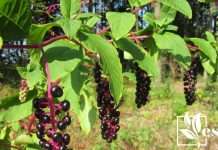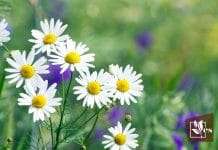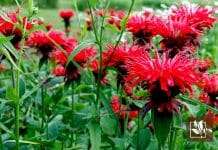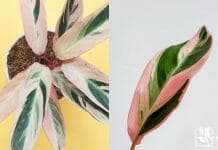Plants that like morning sun and afternoon shade are tough and can take large amounts of the bright morning sun.

Partial shade in the afternoon helps these plants recover, and flowers bloom since too much sun can cause damage.
These are the most common growing conditions for many plants. Let’s help you identify these plants so you can easily grow them.
JUMP TO TOPIC
- Best Plants That Like Morning Sun and Afternoon Shade
- 1. Daylily (Hemerocallis)
- 2. Calico Plant (Alternanthera Ficoidea)
- 3. Angelwing Begonia (Begonia ‘Angel Wing)
- 4. Rex Begonia (Begonia ‘Rex)
- 5. Fuchsia Plant (Fuchsia spp.)
- 6. Caladium Plant (Caladium Bicolor)
- 7. Peonies (Paeonia)
- 8. Wax Begonias
- 9. Iresine Bloodleaf
- 10. Lobelia (Lobelia Erinus)
- 11. Bleeding Heart (Lamprocapnos Spectabilis)
- 12. Coral Bells (Huechera)
Best Plants That Like Morning Sun and Afternoon Shade
1. Daylily (Hemerocallis)
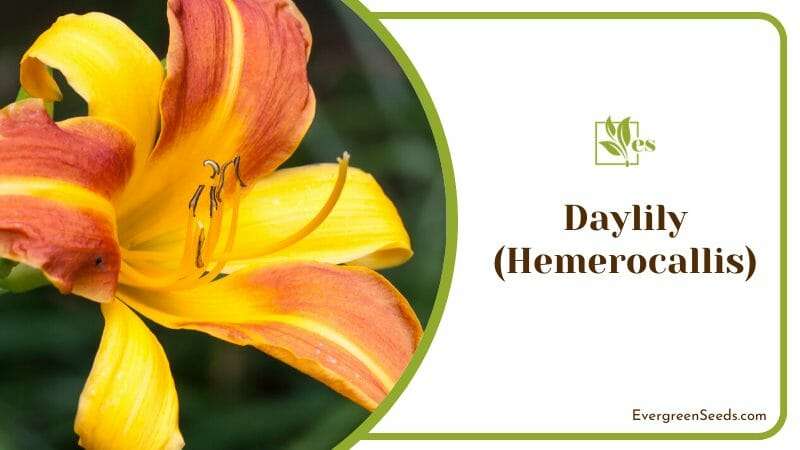 Daylilies are the most carefree perennials you will ever come across. They are known for their toughness and colorful blooms from midsummer to early fall, with new flowers opening daily.
Daylilies are the most carefree perennials you will ever come across. They are known for their toughness and colorful blooms from midsummer to early fall, with new flowers opening daily.
These herbaceous plants have hardy fibrous roots and long narrow leaves growing in a fan shape. The red and purple varieties do well in direct sunlight for about six hours daily and in partial afternoon shade.
| Category | Description |
|---|---|
| Zones | These flowers thrive in USDA hardiness zones four through nine. They grow to about five feet tall and four feet wide. |
| When to Plant | The ideal time to plant daylilies is early spring after the last frost. You can plant them from division while still dormant from the cold season. You can plant potted daylilies at any time of the year. |
| Soils | Daylilies thrive in almost any type of soil and are rarely affected by pests and diseases. However, the best soil to use is sandy or a mixture of sandy and loamy that is averagely drained. |
2. Calico Plant (Alternanthera Ficoidea)
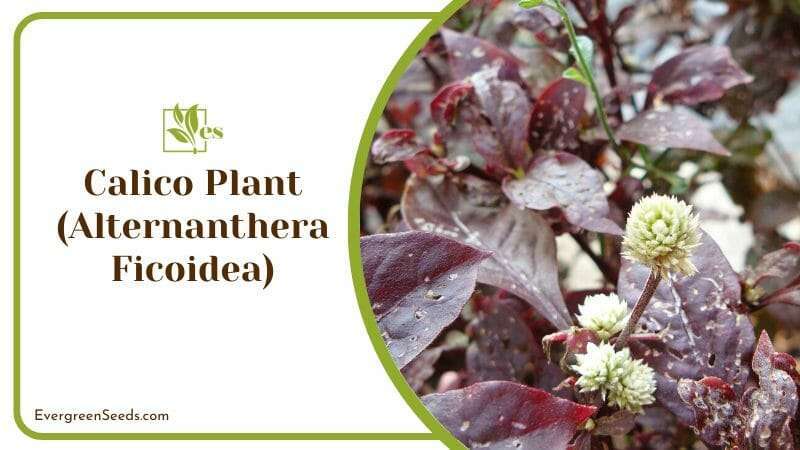
The calico plant is a herbaceous perennial plant belonging to the Amaranthaceae family. It has beautifully colored leaves resembling purple plums and ruby-red jewels.
The blooms range from red to green with bits of orange and yellow. Due to its sprawling habit, this plant can grow as a houseplant or annual groundcover.
| Category | Description |
|---|---|
| Zones | This plant is suitable for growing in USDA hardiness zones three to eight. It is commonly found growing naturally in moist woodland areas. |
| Soils | The calico plant thrives in rich, well-drained soils with a range of pH values from 6.1 to 7.6. It requires adequate moisture to keep growing. |
| When to Plant | If starting from seeds, sow them in the spring or as soon as they ripen. If you have a growing plant, divide it at the beginning of spring after the frost. Plant the cuttings in the summer when the soil is warm. Water regularly (purified tap water is fine) but ensure you don’t overdo it. Prune back the foliage to maintain a compact form. |
3. Angelwing Begonia (Begonia ‘Angel Wing)
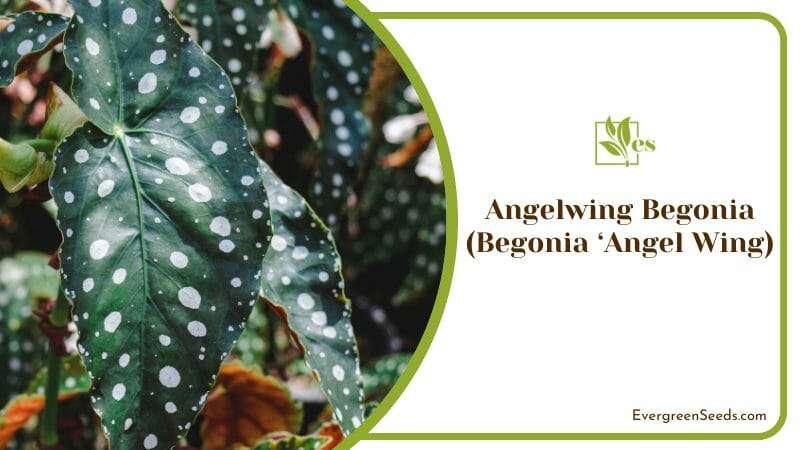
The Angelwing begonia is an easy plant to grow that has eye-catching beauty. It is native to Brazil but grows across the world, America included.
This plant grows on upright stems with attractive dotted leaves and unique colors. It features a magnificent display of white, orange, and pink flowers. It blooms beautifully, starting from early fall to summer.
| Category | Description |
|---|---|
| Zones | Angelwing thrives in USDA hardiness zones 10 to 11. This plant grows to about 12 inches tall and 6 inches wide. |
| When to Plant | The best time to plant this beauty is at the beginning of spring after the last frost date once the soil warms up. If growing it indoors, you can start any time of the year as long as you keep it near a window and make sure it is well moisturized. |
| Soils | The best soils for this Angelwing begonia are well-drained, moist, rich soils with a neutral, acidic pH. Add some fertilizer or compost manure to enrich the soil from time to time. |
4. Rex Begonia (Begonia ‘Rex)
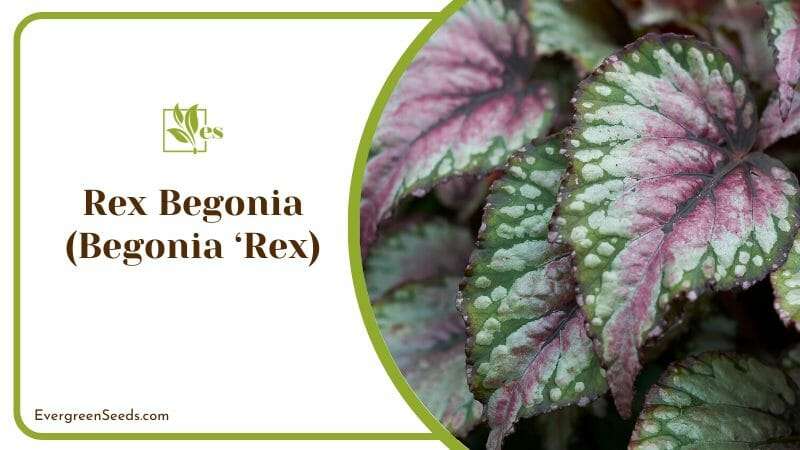
Rex begonia is a perennial flower with colorful foliage that is one of the best plants to grow indoors. The leaves are pinkish and reddish and mature 12 to 14 weeks after being planted.
It is a short houseplant that makes it perfect for tabletops and office desks, where it wildly displays its colorful variegated foliage.
It is also a perfect contrast against other houseplants. It is exclusively grown for its foliage – the blooms tend to be too small and less showy, with many growers pinching them off to maintain the colorful leaf displays.
| Category | Description |
|---|---|
| Growing Zones | Rex begonia does well in USDA hardiness zones 10 to 12. They have moderate growth, growing to about 12 inches in height. |
| When to Plant | Plant Rex begonia in May after the frost has passed if growing them outdoors. If growing them indoors, plant them any time of the year, keeping them near a window for adequate sunlight. |
| Soil Requirements | To grow Rex begonia, you will need porous and light potting soil that allows easy water penetration and does not hold liquids in. |
5. Fuchsia Plant (Fuchsia spp.)
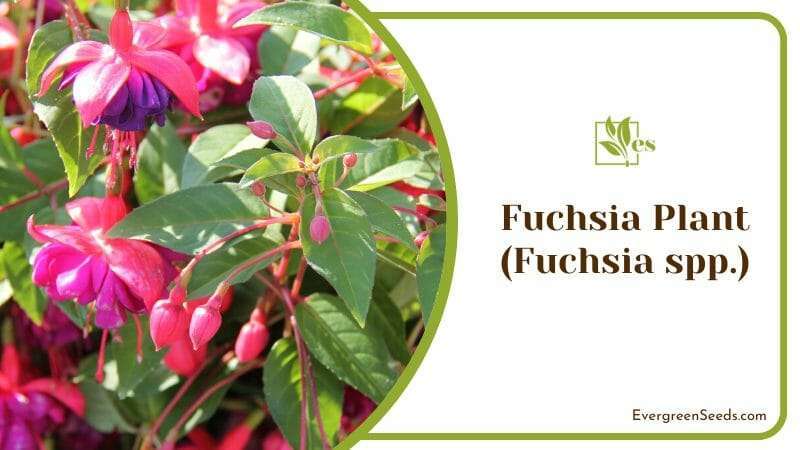
This remarkable plant is commonly identifiable because of the upside-down flower heads that seem to reach the earth instead of growing upwards like most flowers.
The blooms are eye-catching, coming in different colors. The most common varieties have purple and pink petals.
| Category | Description |
|---|---|
| Zones | This plant will do well in USDA hardiness zones 10 through 11, growing to a height of one to two feet and spreading similarly. Fuchsia thrives in fertile soils with a pH of six to seven that require regular watering in the spring and less in winter. |
| When to Plant | The best time to plant these outstanding plants is during the late spring or early summer. Planting them in the autumn or winter will kill them before they even get established. |
6. Caladium Plant (Caladium Bicolor)
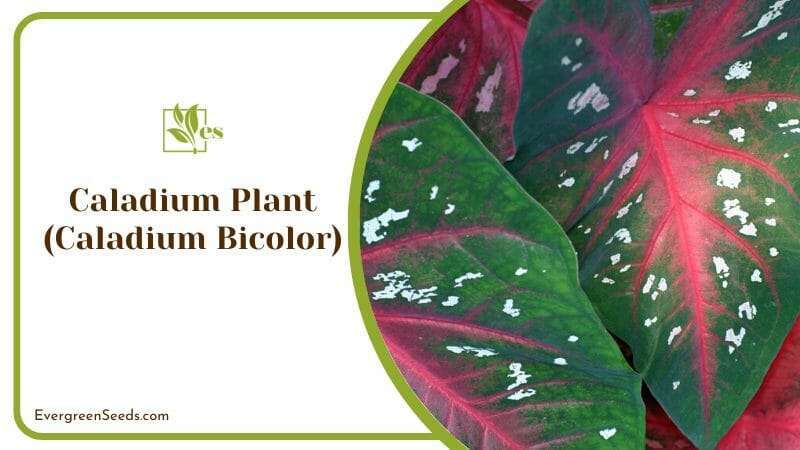
Caladium is a tropical perennial plant with beautiful and colorful heart-shaped leaves. It is native to the warm tropical forests of South and Central America.
It belongs to the Araceae or arum family and is grown as an ornamental plant. Caladium has thousands of cultivars that you can choose to grow.
Caladium plant is toxic if ingested, so ensure you plant it away from pets and children.
| Category | Description |
|---|---|
| Zones | Caladiums do well in hardiness zones nine through ten, growing to 18 to 24 inches high, but you can also find some dwarf versions that grow below one foot in height and width. |
| When to Plant | You can grow caladiums from June until the first day of the frost. The ideal time to plant them is in the late spring, after the last frost has passed and soils are warming up. |
| Soils | The best soil to grow your caladiums is moist, rich, well-drained soil. It would be ideal if you spaced them at least 8 to 12 inches apart to help them thrive. |
7. Peonies (Paeonia)
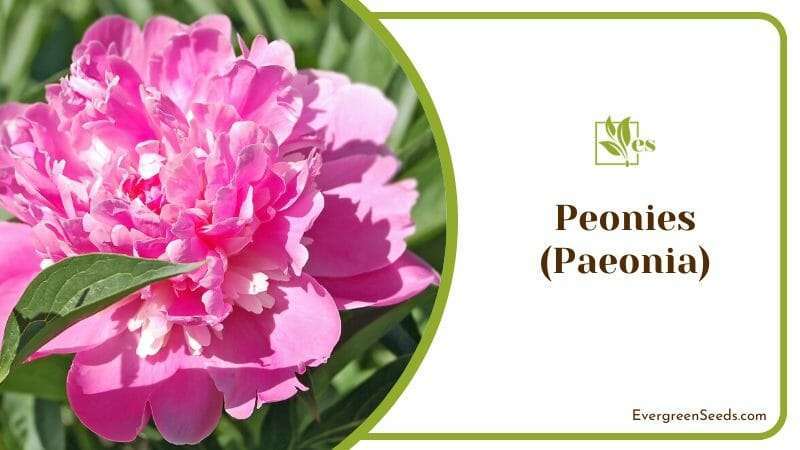
Peonies are beautiful flowering plants that make an elegant low hedge or act as sentinels that line the walkways. They bloom in the summer, lasting throughout the hot season.
They have layers of large petals, vibrant hues, and a sweet scent, making them a beautiful addition to your garden or bouquet.
| Category | Description |
|---|---|
| Zones | Peonies thrive in zones 2-8. Trees grow 4-7 ft tall and 4-5 ft wide. Bush and intersectional types reach 1-3 ft in both dimensions. |
| Soils | Peonies prefer rich, well-drained soil in full sun to partial shade, avoiding saturated conditions. Most prefer neutral to slightly alkaline soil, while tree peonies tolerate acid soils and need shelter. |
8. Wax Begonias
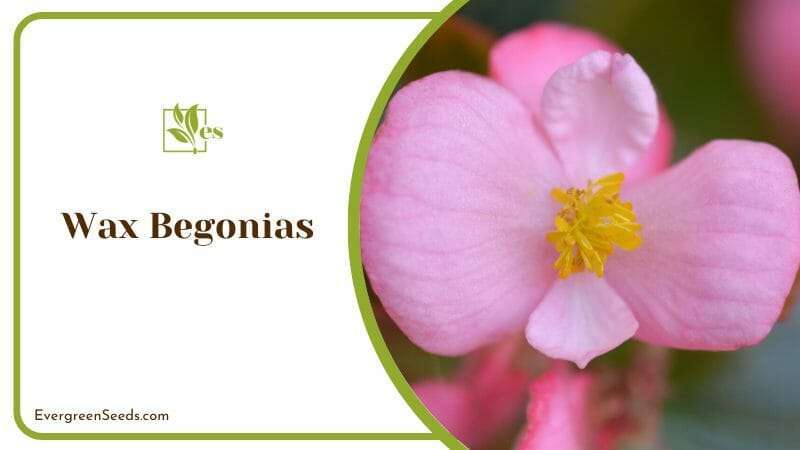
Another type of begonia is the wax begonia, available in white, yellow, orange, red, or pink flowers. These plants can grow well indoors or outdoors in flowerpots, containers, or gardens.
It blooms in the late spring until the first frost, producing single or double flowers that are two inches in diameter. The leaves are rounded and waxy green or bronze, but you can still find a few hybrids in variegated foliage.
| Category | Description |
|---|---|
| Zones | Wax begonia thrives in zones 9-11, growing 6-24 inches tall and wide, suitable as an annual or houseplant with afternoon shade. |
| When to Plant | Plant in late spring post-frost when nighttime temperatures exceed 50°F. |
| Soils | Opt for light, rich, well-drained soil. Maintain moisture without waterlogging. Enrich with fertilizer or compost manure. |
| Resistant Levels | High resistance to deer, rabbits, heat, insects, and diseases. |
9. Iresine Bloodleaf
Bloodleaf is one of the perennial plants that brighten up your home. It has a glossy red foliage that grows well in the bright morning sunlight and partial shade.
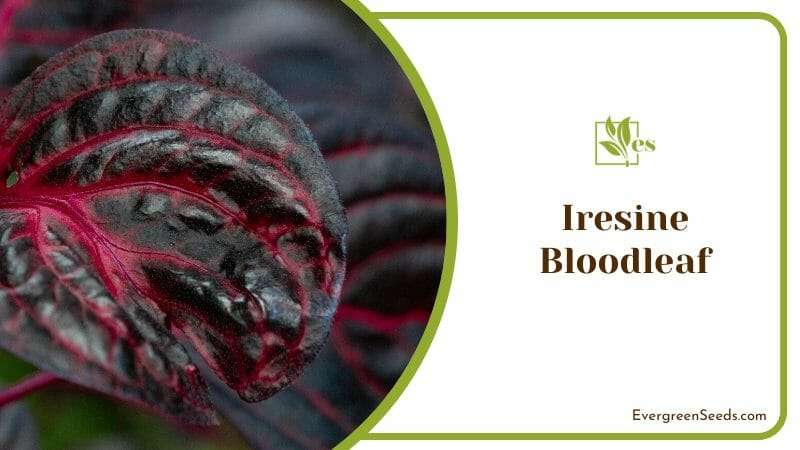
The red leaves are variegated with green and white markings, with contrasting borders and beds. This plant occasionally produces small greening flowers that are not ornamental, and most growers pinch them off.
| Category | Description |
|---|---|
| Zones | Iresine Bloodleaf thrives in zones 10-11, reaching up to 5 feet in height and 3 feet in width, favoring high humidity and heat. |
| When to Plant | Plant in late spring post-frost with warmed potting soil. |
| Soils | Choose rich, moist, well-draining soil that sheds water swiftly. Consider organic mulch for moisture retention. |
10. Lobelia (Lobelia Erinus)
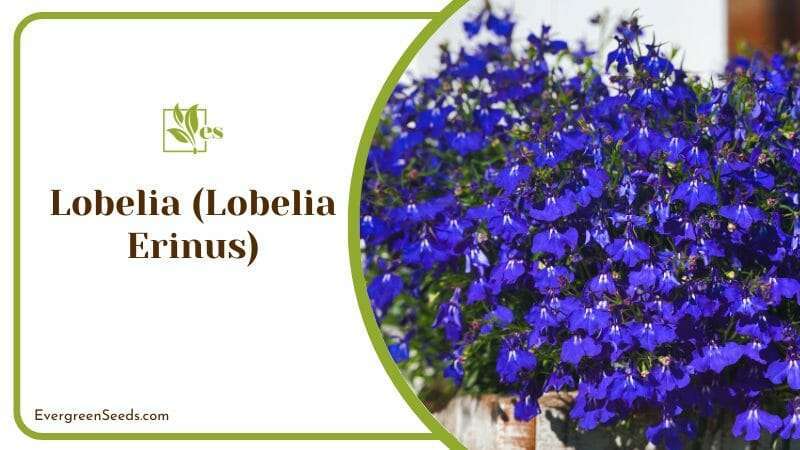
Lobelia is a trailing compact annual plant ideal for hanging baskets, planters, and ground cover. It is available in dark blue, white, purple, pink, or red colors.
It has a genus of 400 species of flowering plants in the bellflower family. It blooms from spring to fall, with a lull during summer.
| Category | Description |
|---|---|
| Zones | Lobelia grows annually in zones 9-11, reaching 3-5 inches tall. Prefers rich, moist, well-drained soils and regular fertilizing. Avoid waterlogged soils. |
| When to Plant | Sow seeds from winter to mid-spring in a warm location for germination. |
11. Bleeding Heart (Lamprocapnos Spectabilis)
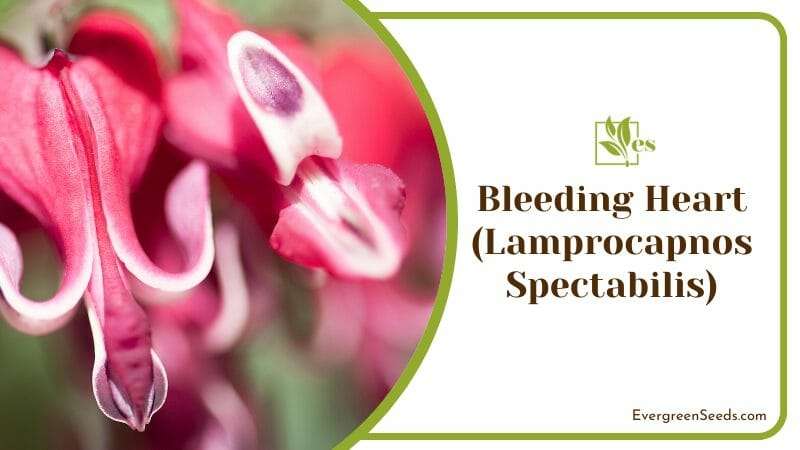
The bleeding heart gets its name from its puffy heart-shaped pink flowers that hang from the long, arching stems.
Underneath the heart shape is a protruding white petal that looks like a drop, hence the name bleeding.
| Category | Description |
|---|---|
| Zones | Bleeding Heart thrives in zones 3-9, growing to 3 inches tall and wide. Prefers well-drained soils and full sun with protection from harsh afternoon rays. |
| When to Plant | Plant in early spring after the last frost. Dormant plants revive once soil warms. |
12. Coral Bells (Huechera)
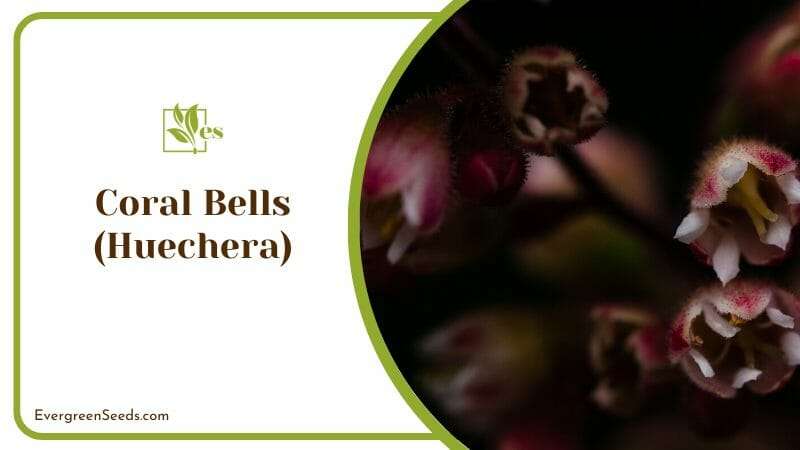 Coral bells, also known as alumroot, are perennial plants that remain evergreen in many climates. Their foliage is available in many colors like purple, bronze, and more.
Coral bells, also known as alumroot, are perennial plants that remain evergreen in many climates. Their foliage is available in many colors like purple, bronze, and more.
The flowers bloom during late spring to early summer, ranging from white to pink to light coral and deep red.
| Category | Description |
|---|---|
| Zones | Coral Bells grow in zones 4-9, reaching 8-18 inches tall and 12-24 inches wide. Plant in late fall or early spring. |
| Soils | They prefer humus-rich soils with a pH of 6.0-7.0. Ensure good drainage, especially in shade; damp soils can rot the crown. |


